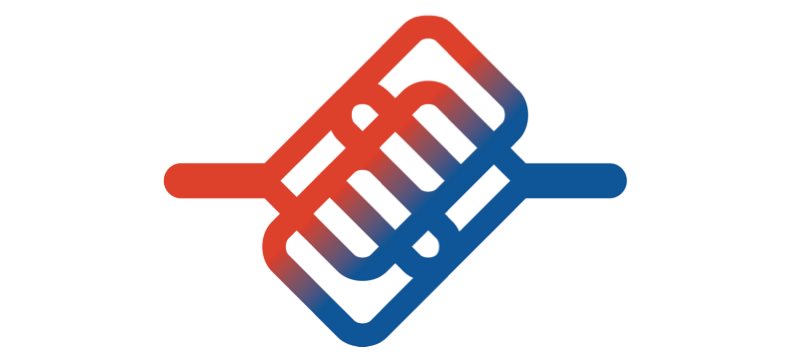AVM
AVM hemorrhage
About an AVM hemorrhage
Unfortunately, the first symptom of an AVM in the brain is often a cerebral hemorrhage, a type of stroke. read moreAbout an AVM hemorrhage
Unfortunately, the first symptom of an AVM in the brain is often a cerebral hemorrhage, a type of stroke. The vessel wall of a vein stretches as a result of the high pressure. Some vessels dilate (become wider) as a result and weak spots develop in the vessel wall. A cerebral hemorrhage develops as a result of a tear in the vessel wall. AVM hemorrhages can occur at any age, but they are most common in people aged between 20 and 40. These hemorrhages usually take place in the brain tissue (intracerebral hemorrhage), but can also take place between the membranes lining the brain (subarachnoid hemorrhage). The consequences of the hemorrhage depend on the site of the hemorrhage in the brain and the size of the hemorrhage.Symptoms
The symptoms of a hemorrhage vary from a sudden headache only to symptoms of paralysis, loss of consciousness or an epileptic seizure. A severe hemorrhage can even result in death as a result of the blood loss or the consequences of this blood loss.The hospital admission following a hemorrhage from an AVM
Your recovery following a hemorrhage from an AVM depends on various factors and will usually take many months. If you suffered loss of function after the hemorrhage, resulting in an impaired ability to think or take care of yourself, then the rehabilitation physician will decide where is the best place for you to recover. You may need to recover at home, in a rehabilitation center or on a recovery ward in a nursing home. Depending on your problems, you will receive assistance from physical therapists, speech therapists, occupational therapists and social workers.In order to keep you and your loved ones updated about your progress, weekly meetings between you, your treating neurosurgeon, the nurse practitioner and your loved ones will take place during your hospital admission. During your admission following the hemorrhage, we will discuss a treatment plan with you and your loved ones.
Symptoms
You may continue to experience visible and invisible symptoms. Common examples of this include: fatigue/mental fatigue, problems with the processing of stimuli, concentration problems, forgetfulness and headache. This can significantly limit you when trying to resume your daily activities.The nurse practitioner will discuss the follow-up consultations, lifestyle advice and the return to activities with you and your loved ones before discharge.
Daily activities following an AVM hemorrhage
Following an AVM hemorrhage the first priority is usually the recovery from the hemorrhage. The treatment of the AVM usually takes place at a later stage when your brain has recovered from the hemorrhage. Your treating physician will determine the correct timing of the treatment.The consequences of a cerebral hemorrhage for resuming your daily activities vary significantly, depending on the severity of the hemorrhage. You will receive advice from your nurse practitioner, the rehabilitation physician and/or the occupational health physician about how best to resume your daily activities, work and hobbies.
Whilst you are recovering from the hemorrhage — and possibly awaiting the treatment of the AVM — you are likely to experience uncertainty about activities that can cause increased pressure in your head. Examples include flying, scuba diving, roller coasters, straining, going to the sauna or having sex. There are no indications that these activities increase the risk of a new hemorrhage from an AVM. Therefore, you can continue to perform these activities.
Driving a vehicle following an AVM hemorrhage
Following an AVM hemorrhage, you will be banned from driving for a period of six months. If after this period you are still experiencing symptoms that affect your ability to drive, then you will need a report from your specialist. The CBR (Dutch department of motor vehicles and vehicle licenses) can use this report to determine whether an additional, independent medical inspection or a driving test is necessary. Your medical specialist will write the report in addition to the health declaration from the CBR.

